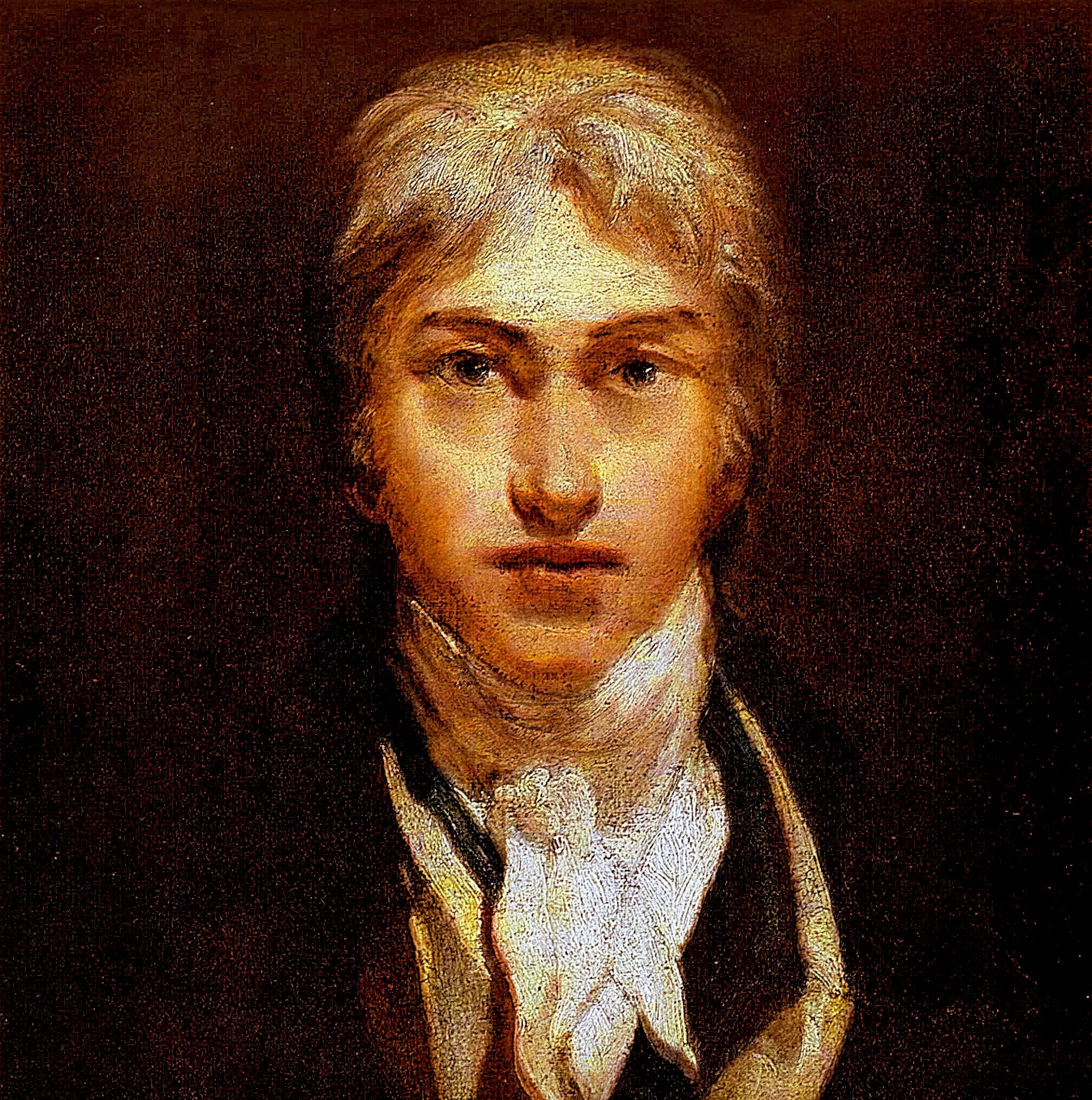
This fossil plant was found by Ruth Thornton, aged 11 who goes to Maldon Primary School in Essex. She found it among the rocks on the beach at Church Cliff, between Lyme Regis and Charmouth. Museum geologists identified the rock it is preserved in as having come from the Shales With Beef, and can also tell that it is from the birchi beds. The birchi beds are named for the ammonite they contain - Microderoceras birchi (see image below). The ammonites name comes from a contemporary and friend of Mary Anning called Colonel Birch.
This rock identification also fits with the layers in the cliff where the fossil was found.

Fossil wood is common at Lyme regis, but fossilised leaves and seeds are rare. All this plant material must have been washed from nearby land (along with the occasional insect or dinosaur!) and gives a clue about what life was like on land in the early Jurassic period 200 million years ago. The leaf does not appear to be exactly the same as others we are aware of that have been found in the rocks around Lyme Regis. This raises the possibility it could be a new species, but we need an expert opinion to be certain. It may be a new species for Lyme Regis even if it is not new to science. Another interesting idea that has been raised is that it looks similar to specimens found higher (younger) in the Jurassic. If it is the same it would not be a new species, but would extend the range of the existing species back into the early Jurassic. We will let you know when we find out more about this interesting specimen.









